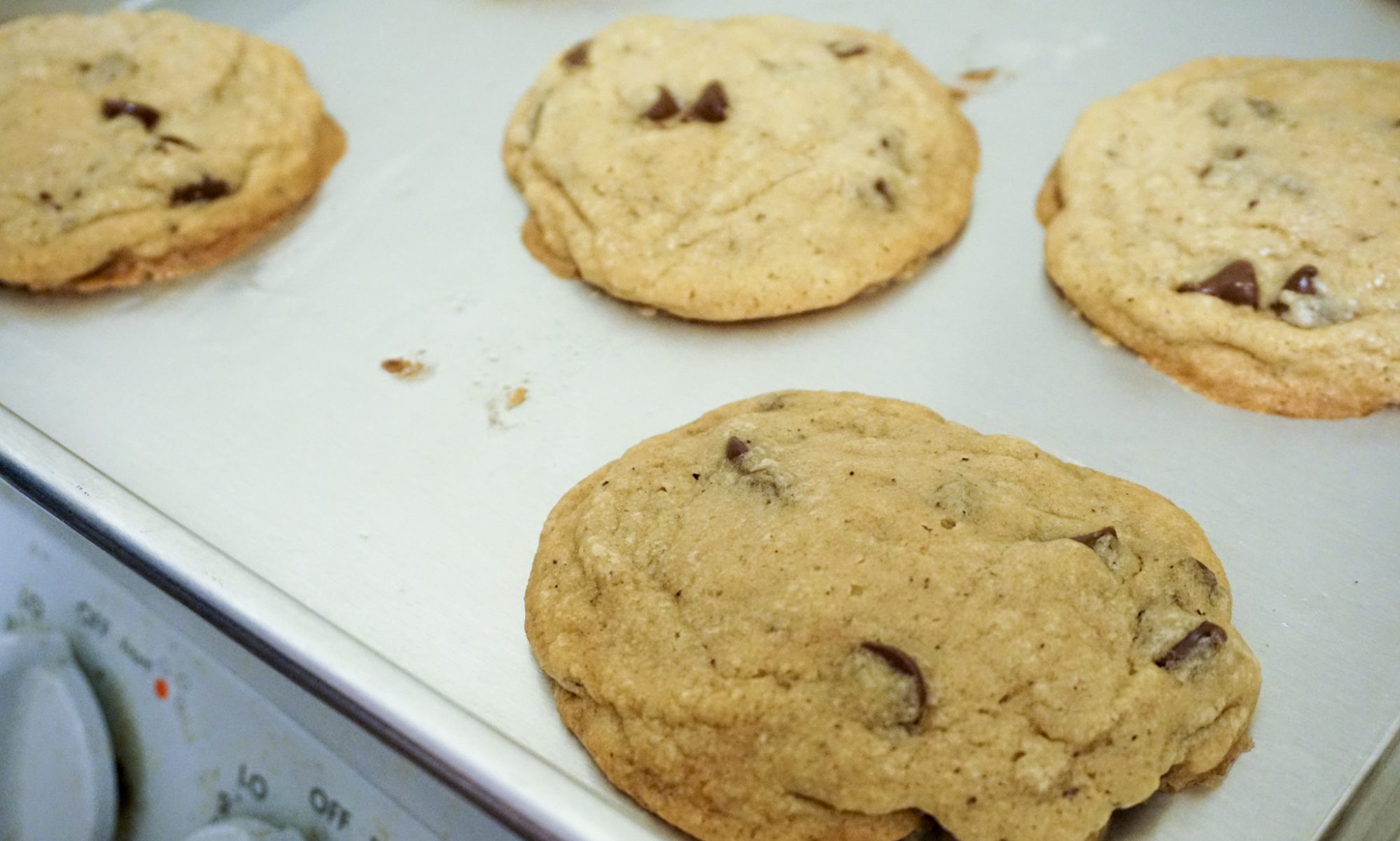
Stuffed bell peppers
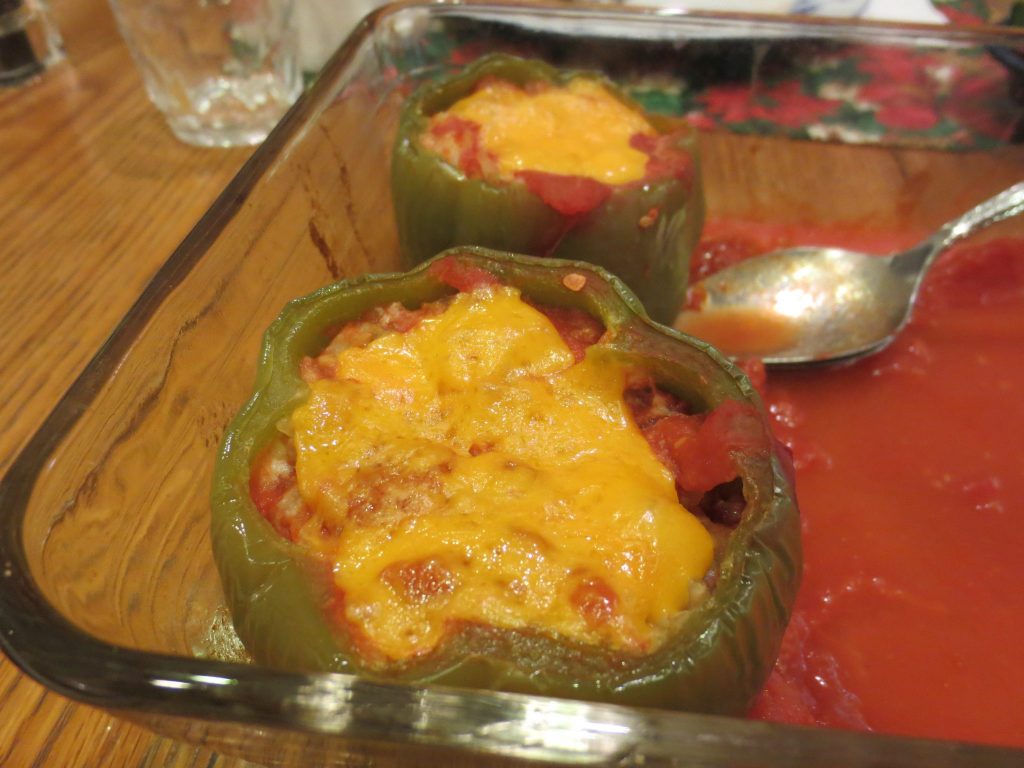
Stuffed bell pepper recipe
1 can whole tomatoes (15 oz)
2 Tbs dark brown sugar
1/2 tsp citric acid or 2 tsp lemon juice
Mix together to form tomato mixture.
4 bell peppers (my mom prefers green. Red, orange, or yellow ones might require less baking time.)
Cut off top of pepper, enough that you will be able to fit them into a covered baking dish. Remove pith (white stuff) and seeds. Microwave in a covered container with some water (start with 5 min for all 4 peppers), boil (3 min), or steam (10 min) until somewhat cooked – the peppers should not be floppy and should not have burnt edges. They need to be stiff enough to be able to stand up and be stuffed.
Make stuffing (see below for meat and veggie versions).
Cheese (my mom uses Colby or other cheddar)
Put the peppers in the baking dish. Fill the peppers, using all of the stuffing. Put a small amount of the tomato mixture on top of the stuffing. Put sliced cheese on top. Cover the baking dish. Bake for 75 min (1 hr 15 min) at 350°F. The tomato sauce should be brown around the edges. If it isn’t, bake longer covered. Then bake uncovered for 15 min to brown the cheese and slightly thicken the tomato sauce.
Meat stuffing (for 4 peppers)
1/2 onion (about the same amount as you have of the pepper tops)
1/2 lb ground meat (my mom uses beef, pork, or Italian sausage)
1 egg, beaten
1/2 tsp salt if using Italian sausage, 3/4 tsp salt otherwise
black pepper
rounded 1/4 cup uncooked rice (my mom uses jasmine)
2 Tbs cream or milk
1/4 cup bread crumbs (my mom uses homemade; optional)
1 tomato, chopped (optional)
Dice the pepper tops. Dice onion. Cook together in oil until softened. Mix with all other ingredients.
Veggie stuffing (for 4 peppers)
2 eggs, beaten
1/2 onion
1/2 cup uncooked rice
2 Tbs currants or chopped raisins
4 Tbs chopped almonds
1/2 cup bread crumbs
4 Tbs cream or milk
3/4 tsp salt
black pepper
1 tomato, chopped (optional)
Dice the pepper tops. Dice onion. Cook together in oil until softened. Mix with all other ingredients.
Modifications:
Add thyme or marjoram.
Add other veggies, such as diced mushroom or zucchini (cook either along with the onion and pepper tops), cooked beans, or corn.
Add crumbled tofu, ricotta, or sour cream to the veggie stuffing.
Use other grains, such as millet, quinoa, or farro. These all cook in about the same amount of time as white rice, so the baking time shouldn’t need to be adjusted.
Use brown rice. My mom doesn’t think that you’d have to increase the baking time, but I’m doubtful. Check if the rice is done after 75 minutes. It not, bake covered for an additional 20 min.
Draining fried food
Many people rely on paper towels to drain excess fat off of fried foods, like bacon, tempura, and fried tofu (the fried things that we make!). However paper towels aren’t ideal because they’re disposable, and must be purchased again and again. Instead, J and I drain fried food on a cooling rack, like what you would use for cookies. We place the rack over a pan or a plate to catch the drips.

Bonus tip: The cooling rack is just the right size to fit into our wok, so we can use it as a steamer insert too! I love items that do double duty.
Ciabatta
Based on this recipe, which has two major problems: wordiness, and calling for all-purpose flour.
Ciabatta
Sponge:
1 cup flour
1/8 tsp yeast
1/2 cup water
Dough:
2 cups flour
1 1/2 tsp salt
1/2 tsp yeast
3/4 cup water
1/4 cup milk
Combine the sponge ingredients until homogeneous. Cover and let rest at room temperature for 8-24 hours.
Combine the sponge and the dough ingredients. Knead with a stand mixer (~15 min until the dough forms a cohesive mass and is smooth and shiny) or by hand (basically using a series of cuts and folds, as detailed here). Cover dough and let rise at room temperature until doubled in size, about 1 hour.
Fold the dough over itself 8 times, rotating the dough a quarter turn after each fold. Cover and let rise for 30 min. Repeat the 8 folds and rise.
Divide the dough in half. One half at a time, shape the dough into a 12″x6″ rectangle. Fold the rectangle into thirds to form a squat rectangle. Let loaves rest seam-side down for 30 min on a floured baking sheet.
Using your fingertips, poke the loaf out to form a 10″x6″ rectangle. Spray the surface of the loaf with water. Bake for 25 min at 450°F.
Notes
You will get the best texture by using bread flour, however some amount of whole wheat flour can be added. In general, up to half of the flour can be whole wheat without significantly affecting the texture of a loaf. You can also add some amount of vital wheat gluten to lift the whole wheat flour.
Using a pizza stone (or unglazed tile or cast iron griddle or upside-down cast iron skillet) will improve the crust. Preheat the stone or substitute in the oven for at least 30 min. The loaves can be baked directly on a pizza stone or griddle; it is easiest to transfer the loaves on parchment paper. If using an upside-down skillet, place the baking sheet holding the loaf on top of the skillet. (This seems janky but totally works.)
Bread is best when left to cool slightly (usually for an hour) after baking. This helps the bread finish cooking, and keeps the crumb from being overly moist, which causes clumping during cutting.
Hummus
Based on this recipe.
Hummus
1/3 lb dried chickpeas, cooked or 1 can of chickpeas
3 Tbs olive oil
3 Tbs tahini
1 1/2 Tbs lemon juice
1 clove garlic
1/2 tsp salt
1/2 tsp black pepper
Blend chickpeas with oil, tahini, lemon juice, garlic, salt, and pepper. Use whatever tool you have on hand – blender, food processor, food mill, mortar and pestle.
Substitutions
I hear hummus is really good with the addition of preserved lemon. You can also add pine nuts, roasted red peppers, chili peppers, extra garlic, etc. Think of all the commercial varieties for inspiration!
Pant project
I’m making a pair of pants for sibling C. We don’t have a lot of pants patterns around (and those that we do have are from a past era), so I drafted a pattern based on C’s measurements and Donald McCunn’s book How to make your own sewing patterns. (I have read another book of his that is slightly more useful for creating new designs from an existing pattern.)

To make sure the pattern actually makes an item resembling a pair of pants, I mocked up a mini version about 15 cm long.
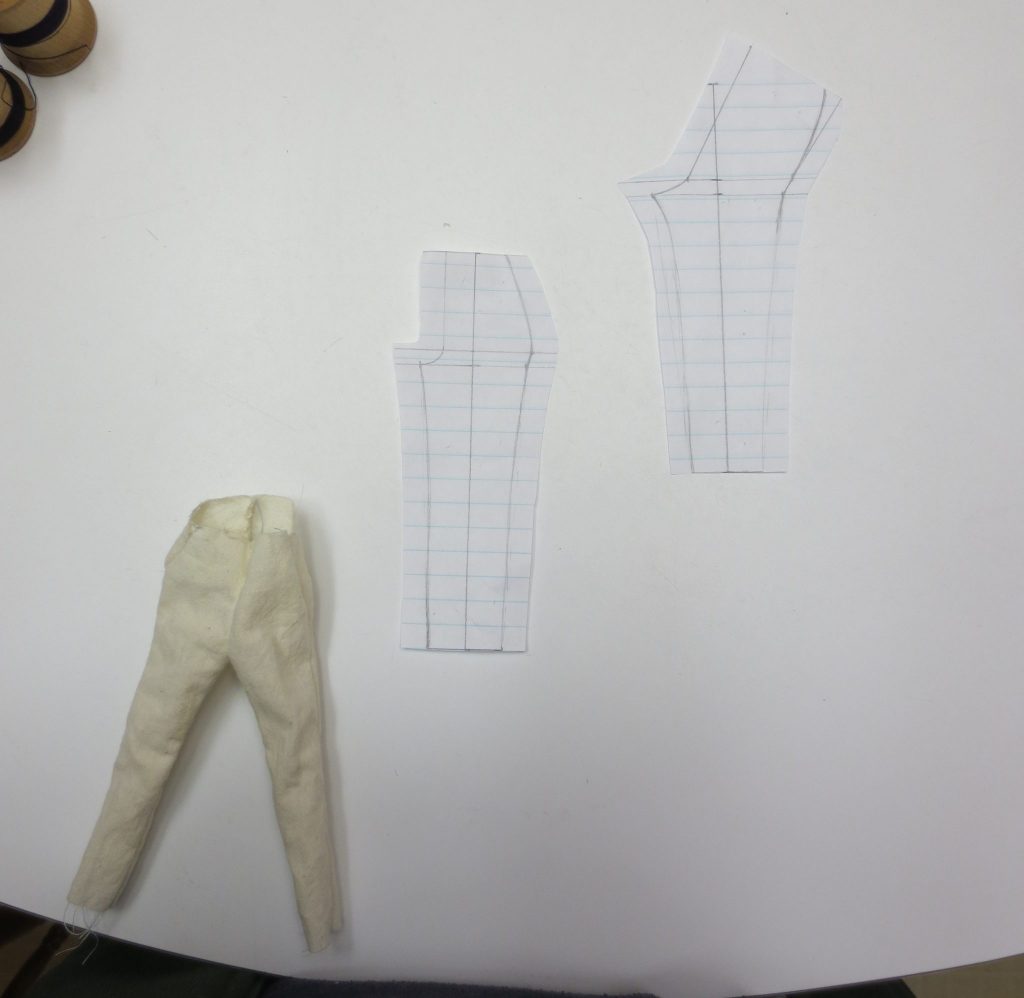
The pants will be made out of silk dupioni (or maybe it’s shantung? It was bought used from Austin Creative Reuse, so there is some question and I’m not well-versed in silk fabrics). C want them to have a drawstring closure – hopefully the fancy fabric will be able to pull them up to dress or party level! The pants will be lined with flannel, since C gets cold easily.
This will be my first time fitting a garment – wish me luck!
Well, most of the snow melted

A second snow!
Amazingly, it’s snowing again! I’ll upload pictures tomorrow morning. Since it was cold today and should be for the next few days, it might not melt immediately!
Wild Basin Preserve
Sibling C and I went hiking today at Wild Basin Preserve. My parents called it “barren” (or maybe it was “desolate”), but I thought it was great! It has been raining a lot recently, so everything was lush and the creek was full.

My mom claimed that the preserve was built on a dump, but it took some internet digging by sibling C to discover the truth! Only 5 acres (near the parking lot) of the preserve’s total 277 acres were used as a “dumping area” from 1947 to 1974. The area has since been reforested (source).
Stuff that we saw:
Lots of moss! Sibling C told me to become a moss expert and teach her about it. Unfortunately, there doesn’t seem to be a lot of info about moss available. I emailed some university professor for info. Hopefully they’re enthusiastic enough to want to share info with me!
Evergreen sumac, which has edible red berries. Watch out for poison sumac, which has white or gray berries and causes contact dermatitis, and nandina, a super invasive plant that has red cyanide-containing berries.

Sycamore, which has edible sap, much like sugar maples. The leaves can be used as a wrap for food, like corn husks or banana leaves (source).
Lindheimer’s silktassel (source of natural rubber).
Nolina, which has edible flower stalks and seeds. The leaves have also traditionally been used for making baskets.
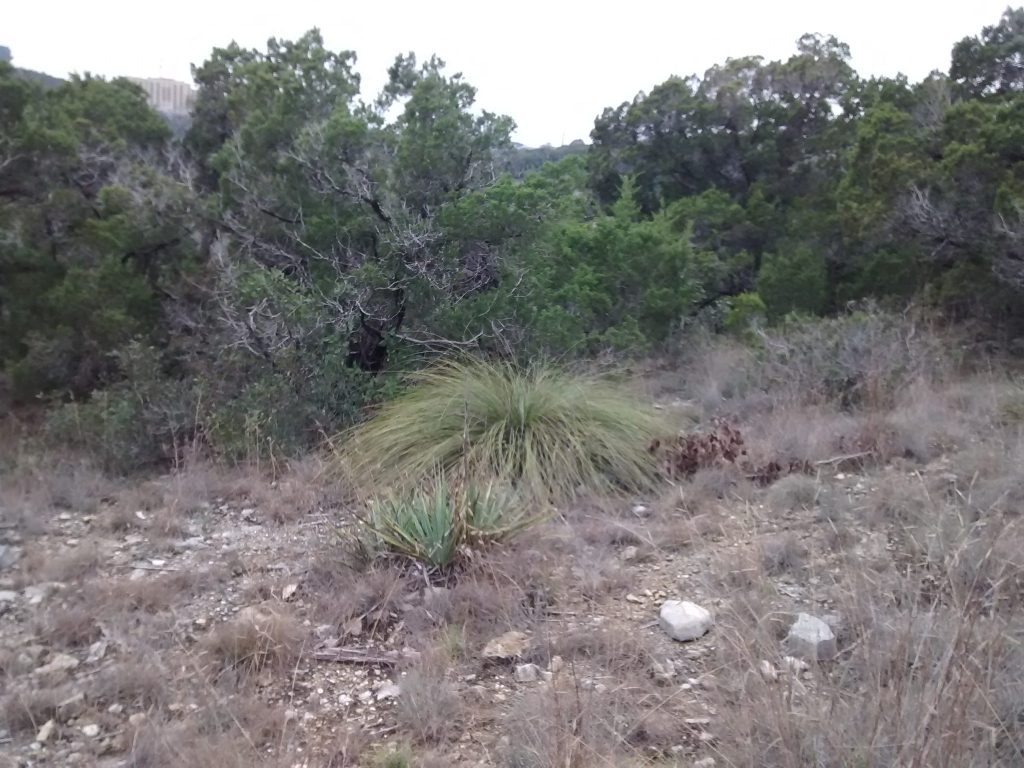
Woodcock, which is a dorky-looking bird (edible and seemingly easy to catch. The one we saw didn’t even fly away, it ran off and not very far). They are not common in Central Texas and difficult to spot even in the best of locations. Lucky!
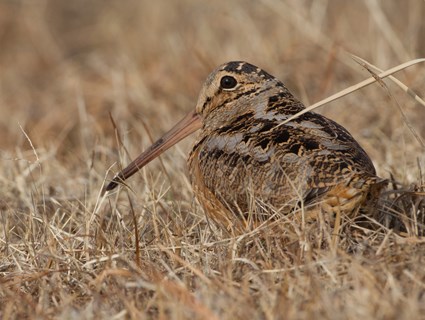
New nature preserve discovered
J and I visited Stillhouse Hollow nature preserve in Austin. I have known about it for a few years, but have never gone before (’cause my interest in native plants and animals is only recent).
It’s a great trail with a much different atmosphere and set of plants than the nearby Hyridge trail.



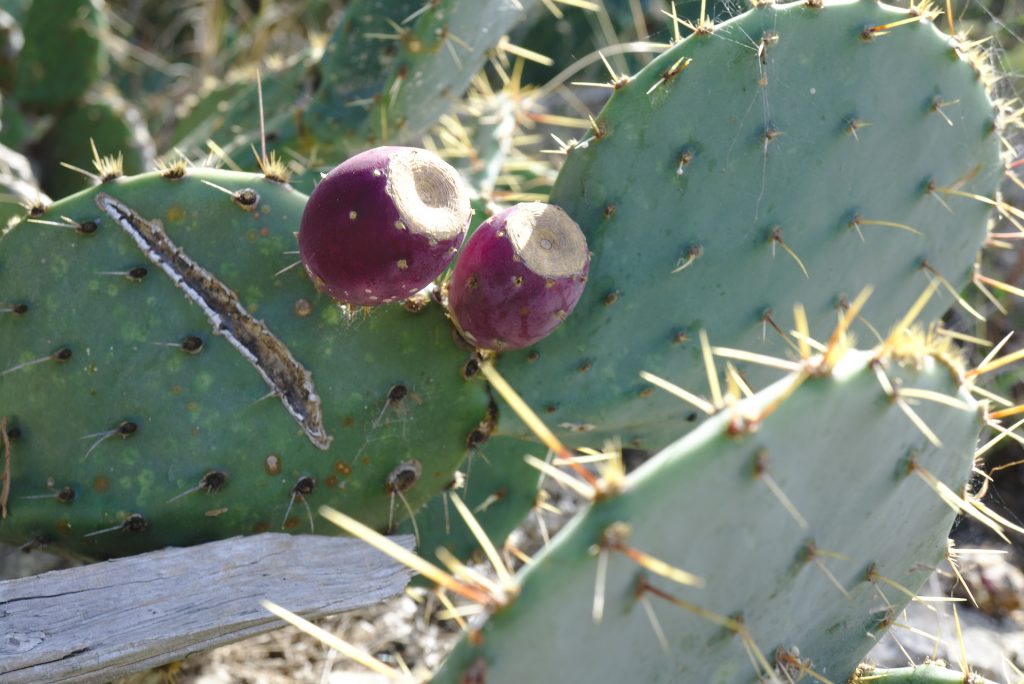
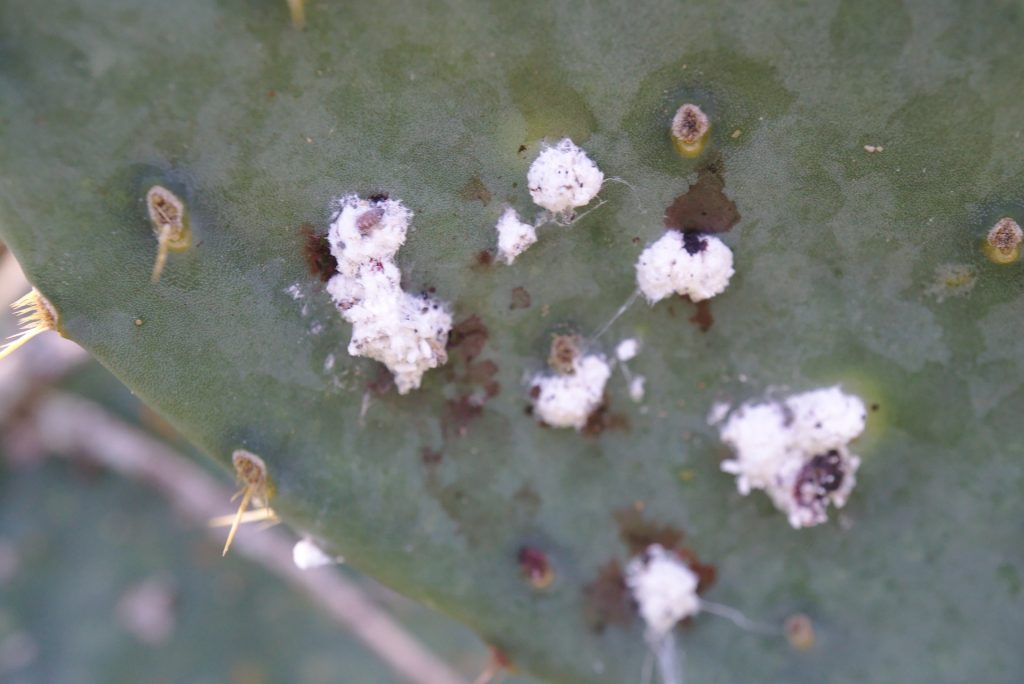


The trail ended with a lookout over a limestone box canyon with flame-leaf sumac, black walnut, and beautyberry (all edible!), among other things. Very nice!
Check out nature preserves in your area! You can browse Google Maps for them- green-shaded areas are parks, preserves, and trails.
